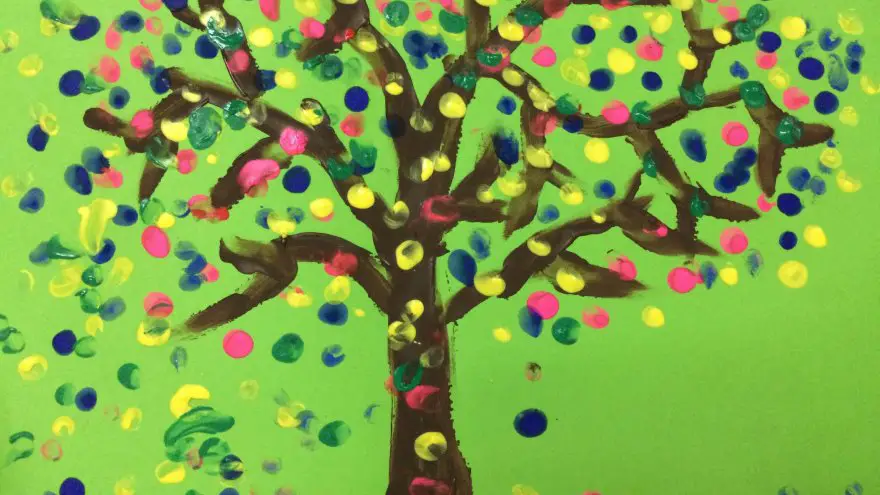Choosing a Color for Your Child’s Room

Yellow

The color yellow is associated with intellectual and bright children. An intellectual child needs visual stimuli more than non-visual because, unlike an average child, they are much more mentally active. This means that their brains are constantly working. Intellectual children may do more puzzles, read books more, join book clubs, play chess, play bridge, play mind-stretching games on the computer, and engage in activities that work their brain more than normal. For these children, the color yellow can inspire them to perform these types of activities and more. It is also known to inspire concentration and focus for children that may be unfocused or unable to concentrate otherwise.
Orange
The color orange is known to be the color of happiness and joy. The children that identify with the color orange the most are the ones with outgoing personalities and optimism. Most outgoing children have higher energy levels and are more comfortable around warm colors like orange as opposed to bright colors like yellow. The color orange is known to elicit the above-mentioned feelings in people young or old. Orange can also be recognized as helping your child and their friends to communicate more and be put at ease in emotional situations.
Green
The color green is associated with calmness and balance. If your child happens to have a calm demeanor and a balanced personality, then green will suit them the best. Cool colors such as green are also calming in nature, just think of an open field of grass and how it makes you feel just to stand in the middle of it looking around, the beauty of the green all around makes you feel calm and soothed. The color green has also been said to increase reading speeds and increase comprehension. If you want a color that is anxiety-reducing, then green is definitely the way to go.
Pink
The color pink is associated with sweetness and love, and matches a child that is sweet and loving just the same. Although pink is known to be gender specific to girls, little boys can benefit from the color of pink as well, especially if they have a loving and sweet personality. Most parents aren’t going to paint their little boy’s room pink because they’ll be considered a ‘sissy’ in this world, it is still good to know that pink can also be for boys that have the same sweet and loving personalities that girls do.
Purple
If your child is creative then purple is the best choice for them. Purple is known to inspire creativity in children even those that already have creative energy or personalities. The color purple has been considered a magical color that is often full of wonder and creative dreams or wishes. A large perk is that their creativity can be brought out by all of the different shades of purple that are readily available. The color purple has also been known to increase ambition, inspire sensitivity, and self-assurance. If your child is already sensitive, then limiting the use of purple can be helpful.
White
White has always stood for purity and innocence. If your child is of a pure heart with the innocence that most children have, then white is the color for them. White is actually a pure color that reflects all of the colors of the rainbow and if frequently used by spiritualists and religious entities.
Blue
Blue is the perfect color to calm a hyperactive child with energy levels that are sky high. It is also mentally relaxing and inspires trust and honesty. Like the color green, blue can elicit feelings of calm and soothe over-active minds. The color blue is the exact opposite of red in the fact that it decreases anxiety, restlessness, blood pressure, and agitation.
Red
Probably not the best all over color for your child’s room only because it can cause agitation and restlessness, not to mention the inability to focus and higher heart rates. But on the plus side, it also stands for courage and self-confidence. Painting your child’s entire room red can cause negative emotions, but adding it as an accent is not a bad idea.
Other colors to consider
Gray
The color gray, though not often used in children’s bedrooms is associated with practicality, neutrality, and timelessness. A practical child can benefit from the color gray as it can elicit practical emotions and thought such as being logical instead of the opposite or being overly spontaneous on a more dangerous level.
Brown
The color brown is more of a neutral color than any of the others mentioned, but could also be a good choice for your child’s room. The color brown, in any of its shades, can stand for stability, reliability, comfort, and friendship. Not a bad idea for a child’s room.
Black
While many people associate the color black with evil or darkness, it actually has several other meanings if you really want to paint your child’s room black. The color black can also be associated with strength, authority, and intelligence. If your child is highly intelligent, then maybe the use of some black accents can help him focus on his intelligence instead of other things.
Before you decide on what color to paint your child’s room, the use of this list can be a stepping stone, but don’t forget to tap into other resources that are readily available by the click of a mouse such as understanding the Chakras in our bodies, or color psychology, and even psychological outlooks on various colors. It may seem daunting, but there is valuable information to be learned that you may not even know about. Unless you just want to grab a gallon of paint and go with whatever color you or your child chooses to paint their room, then, by all means, feel free to do so, nothing is etched in stone after all.
While there are hundreds of colors that could be used for your child’s room, also consider how your child may feel about them. These definitions offer a wide variety of choices, but children are different and change frequently. One week they may decide they want their room painted orange, but next week because it’s ‘cooler’ they may decide they want blue or some other color. A lot of parents can empathize with this because children change frequently and often as they grow and develop and go through their different phases. It’s not surprising to see your pig-tailed, freckled face princess turn into a goth, emotional beauty queen as she ages and grows. Would it be wrong to have some extra color and paint just waiting until she changes her mind? This way you can do no wrong!







